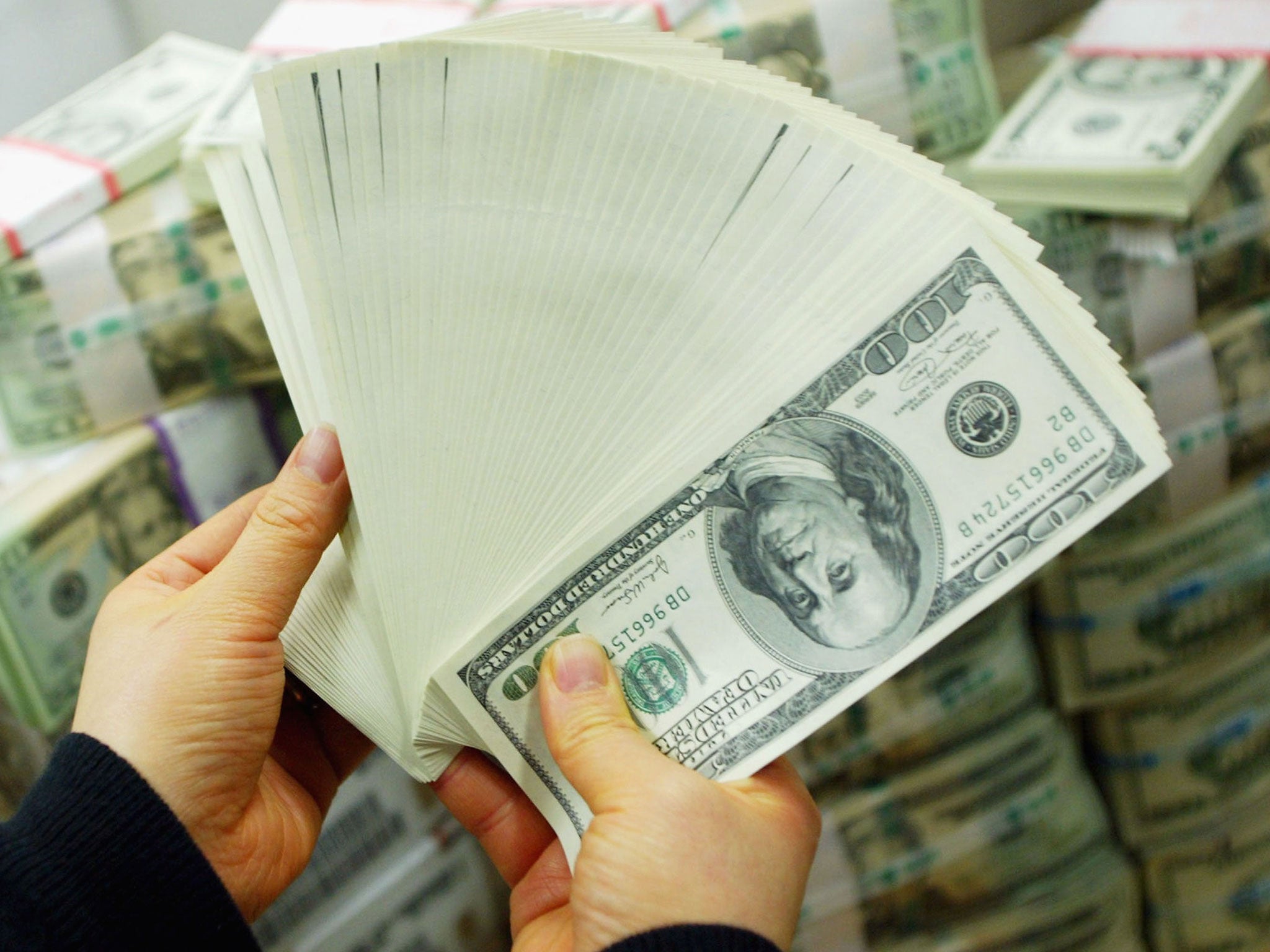US is gambling its recovery can withstand international pressures
America risks financial retaliation. Other countries may launch their own QE

American economic resilience is based on its superior financial armaments. The US central bank’s ability to use quantitative easing (QE) to monetise its debt gives it flexibility to deal with its problems. The UK, Switzerland and Japan, although not the eurozone, have similar options.
But the US dollar’s share of world trade and investment is extraordinary and out of proportion to its economic role, giving American policy makers’ greater options.
The dollar remains the principal currency for invoicing and settling trade. Around 85 per cent of foreign-exchange transactions involve the greenback, while 50 per cent of international securities stock is denominated in US dollars. Central banks hold 50-60 per cent of their foreign exchange reserves in the currency. This is despite the fact that the US’s share of global exports is only 13 per cent and foreign direct investment is 20 per cent. Before the crisis, at one stage, around 85 per cent of global capital flows went into the US, including a significant portion (around $400bn per year) into US government bonds.
Central to the US economic strategy has been zero interest rates and (to date) three rounds of QE. which has helped finance the budget deficit.
The US Federal Reserve currently purchases around 60-70 per cent of all US government bonds. It does this by buying bonds or injecting reserves into the banking system which is then invested in treasury securities.
Low interest rates and QE have also helped reduce the value of the US dollar. On a trade-weighted basis, the US dollar has lost around 20 per cent against major currencies since 2009. The US dollar has lost around 30 per cent against the Swiss franc, 25 per cent against the Canadian dollar, 35 per cent against the Australian dollar and 20 per cent against the Singapore dollar over the same period.
The weaker dollar enhances America’s competitive position. The devaluation is a de facto cut in costs, helping to drive exports and economic growth.
The weaker US dollar also improves America’s external position. US foreign investments and overseas income gain in value.
The major benefit relates to debt owned by foreigners. Foreign investors, China, Japan and “others” – principally oil-exporting nations , Asian central banks or sovereign wealth funds – hold about 35-40 pe cent of America’s $16trn (£9.9trn) in government debt. As almost all US government debt is denominated in dollars, devaluation reduces the value of America’s debt, making it easier for the country to service.
A weakening dollar should logically discourage further foreign investment in US debt. But the position of the dollar as the pre-dominant reserve currency has a perverse effect, ensuring the ability of America to find investors in US treasury securities.
The credit quality of the US, the unparalleled size and liquidity of its government bond market ensures investor support. US dollars and government bonds remain a cornerstone of investment portfolios for foreign lenders.
Investors must keep buying dollars and reinvesting in dollar-denominated US government bonds to avoid realising currency losses on their existing investments. Foreign central banks must also purchase dollars to avoid even more rapid appreciation of their own currencies. In effect, devaluation forces existing investors to double down to lower their average cost of US dollars and US government debt.
America’s financial strategy entails lowering its currency’s value and decreasing the wealth of foreign investors to improve its competitive position. Foreign investors, including China and Japan which have around $2trn invested in US government bonds, face a significant loss of their national savings. Between 2008 and 2012, the depreciation in the US dollar resulted in a loss of more than $600bn for foreign creditors.
America risks financial retaliation. Other countries may launch their own QE programmes or take other steps to offset American actions. With US policy makers contemplating a phased reduction in monetary accommodation, a high US dollar may undermine the strategy.
At the moment, the US is gambling that its economic recovery is sufficiently self-sustaining to withstand these pressures.
More fundamentally, the US has the economic size and scale to retreat into near autarky – that is, a closed economy with limited international trade or capital flows. Basically, the country has the ability to survive and retool its economy behind explicit or implicit trade barriers.
Back in the 1930s, Britain did something similar under Imperial Preference, a system of reciprocal tariffs or free-trade agreements between the UK’s dominions and colonies. It was used to protect Britain’s position as a global power against competition from the US and Germany.
Satyajit Das is a former banker and author of ‘Extreme Money’ and ‘Traders, Guns & Money’
Subscribe to Independent Premium to bookmark this article
Want to bookmark your favourite articles and stories to read or reference later? Start your Independent Premium subscription today.

Join our commenting forum
Join thought-provoking conversations, follow other Independent readers and see their replies